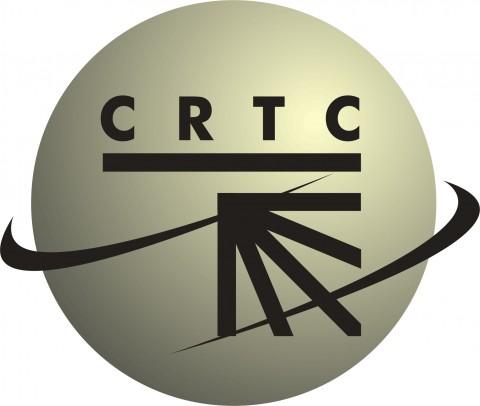
OTTAWA-GATINEAU – Canadians continue to gorge on data, using 25% more per month on their wireless devices than they did in 2015, says part two of the CRTC’s 2017 Communications Monitoring Report.
Mobile broadband subscriptions jumped 13.3% (3 million) year-over-year, and users averaged 1.2 GB of data per month on their wireless devices. More than a quarter of those who subscribed to a monthly data plan had at least 5 GB of data.
Young people are turning to their wireless device to watch TV, with 41% of 18-34 year olds using their smartphones to watch TV online, compared to 11% of Canadians aged 50-64 years old and 4% of Canadians aged 65 and over. Other popular activities included accessing the Internet, emails and social media networks.
At the same time, Canadians are also increasing the data and speed of their home Internet connections. In 2016, monthly data usage (downloads and uploads) increased by 23.4% to reach 128.3 GB. Over the last five years, Canadians’ monthly data consumption increased by an average of 40% each year.
In addition, 26% of subscribers chose a download speed of at least 50 Mbps, though only 3.6% of Canadians subscribed to this speed tier five years ago. By the end of 2016, 84% of Canadians had access to download speeds of at least 50 Mbps and upload speeds of at least 10 Mbps on fixed broadband Internet services.
Below are other highlights from the report.
Communications Industry
– In 2016, Canadian communications revenues totaled $66.6 billion. Telecommunications revenues reached $48.7 billion, while broadcasting revenues came in at $17.9 billion.
– The communications industry served over 14 million households and over a million businesses in Canada using both landline and wireless facilities.
– The average Canadian household expenditure on communications services increased by 1.7% from $214.75 per month in 2014 to $218.42 per month in 2015.
– The majority of Canadians’ spending on communications services went to mobile wireless services (40%), followed by television services (25%), Internet services (21%), and telephone services (14%).
– In 2016, telecommunications service providers spent $11.6 billion to improve and expand their networks, an increase of 11.3%, or $1.2 billion, from the previous year.
Internet
– The retail Internet sector had the highest growth of all sectors, with revenue increasing by 10.1%, or $930 million, in 2016. Total revenues for retail Internet were $10.2 billion in 2016.
– The average monthly amount of data downloaded by residential subscribers increased 25.6% between 2015 and 2016 to 116.9 GB per month, and an average of 42.4% annually over the last five years.
– Average upload amounts increased 4.8% between 2015 and 2016 to 11.4 GB per month, and an average of 20.6% annually over the last five years.
Wireless
– The wireless retail market remained the largest communications sector with revenues of $23.2 billion in 2016.
– Long-term evolution (LTE) and LTE-advanced wireless networks deliver even higher speeds than previous generation networks, and are available to approximately 98.5% and 83% of Canadians, respectively.
– The number of WiFi hotspot locations increased by 32% from 2015 to 2016.
Landline vs wireless
– More Canadian households subscribe exclusively to wireless services than to landlines.
– According to the latest available data, 86.1% of households had wireless service and 71.9% had landline service in 2015. Twenty-seven percent of households subscribed only to a wireless service, while 13.2% had only landline service.
– The number of local telephone lines has declined from 17.7 million in 2012 to 15.2 million in 2016.



